German astronomer and mathematician Johannes Kepler formulated three major laws that govern the movement of planets in the solar system. Kepler was born on December 27, 1571, in Weil der Stadt, in southwestern Germany. His parents pushed him towards an ecclesiastical career. Following their wishes, Kepler studied theology and mathematics at the University of Tübingen.
One of his professors, astronomer Michael Maestlin, introduced him to the new astronomical theories of Polish scientist Nicolaus Copernicus. Copernicus had recently made the startling declaration that the earth was not at the center of the universe as had always been believed. According to Copernicus, the sun was at the center of the universe, and the Earth, along with the other planets, revolved around it. Kepler, fortified by his convictions in Copernicus’s heliocentric theory, began to study astronomy.
In 1596, his first astronomical work, The Cosmographic Mystery, was published. In it, Kepler gave a deeply religious interpretation of heliocentrism. Kepler asserted that since God created the universe, it must be ordered and harmonious. Mathematical laws, then, should express this harmony. Kepler made it his mission to discover these laws. In 1600, Danish mathematician Tycho Brahe, official astronomer of the Holy Roman Empire, asked Kepler to come to Bohemia as his assistant. A year later, Brahe died. Kepler succeeded him as imperial mathematician. Kepler inherited a vast amount of astronomical measurements and calculations from Brahe. He compared Brahe’s data with his own, searching for relationships that might prove a mathematical connection. After about 25 years of work, Kepler concluded that the laws governing movement around the sun were the same for each planet.
Kepler understood that planets follow an elliptical orbit, not a circular one as his contemporaries believed. Moreover, he showed that a planet’s velocity along its orbit was not constant. The farther a planet moves in its orbit from the sun, the slower it progressed. Lastly, he compared the speeds of planets, realizing that the closer a planet is to the sun, the less time it takes it to complete an orbit. Kepler demonstrated his conclusions with three rigorous physical laws, today known as the three laws of planetary motion. Kepler’s laws are still the foundation of astronomical science. Johannes Kepler died on November 15, 1630 in Regensburg. He was 58. Kepler wrote a manuscript called Somnium or The Dream. In it, he recounted an imaginary voyage to the moon. It is often considered the first science fiction novel ever written.
One of his professors, astronomer Michael Maestlin, introduced him to the new astronomical theories of Polish scientist Nicolaus Copernicus. Copernicus had recently made the startling declaration that the earth was not at the center of the universe as had always been believed. According to Copernicus, the sun was at the center of the universe, and the Earth, along with the other planets, revolved around it. Kepler, fortified by his convictions in Copernicus’s heliocentric theory, began to study astronomy.
In 1596, his first astronomical work, The Cosmographic Mystery, was published. In it, Kepler gave a deeply religious interpretation of heliocentrism. Kepler asserted that since God created the universe, it must be ordered and harmonious. Mathematical laws, then, should express this harmony. Kepler made it his mission to discover these laws. In 1600, Danish mathematician Tycho Brahe, official astronomer of the Holy Roman Empire, asked Kepler to come to Bohemia as his assistant. A year later, Brahe died. Kepler succeeded him as imperial mathematician. Kepler inherited a vast amount of astronomical measurements and calculations from Brahe. He compared Brahe’s data with his own, searching for relationships that might prove a mathematical connection. After about 25 years of work, Kepler concluded that the laws governing movement around the sun were the same for each planet.
Kepler understood that planets follow an elliptical orbit, not a circular one as his contemporaries believed. Moreover, he showed that a planet’s velocity along its orbit was not constant. The farther a planet moves in its orbit from the sun, the slower it progressed. Lastly, he compared the speeds of planets, realizing that the closer a planet is to the sun, the less time it takes it to complete an orbit. Kepler demonstrated his conclusions with three rigorous physical laws, today known as the three laws of planetary motion. Kepler’s laws are still the foundation of astronomical science. Johannes Kepler died on November 15, 1630 in Regensburg. He was 58. Kepler wrote a manuscript called Somnium or The Dream. In it, he recounted an imaginary voyage to the moon. It is often considered the first science fiction novel ever written.
RELATED


THOMAS ALVA EDISON


STEPHEN HAWKING


MARTIN HEIDEGGER


MOTHER TERESA OF CALCUTTA


THE MONTGOLFIER BROTHERS


ISAAC NEWTON


SUPERNOVAS


CHRISTIAAN HUYGENS


WERNHER VON BRAUN


BENEDETTO CROCE


PIER PAOLO PASOLINI


LUDWIG WITTGENSTEIN


METEORS
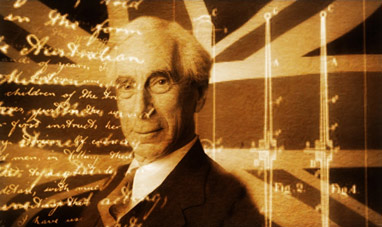

BERTRAND RUSSEL


JOHANNES GUTENBERG


THE MOON
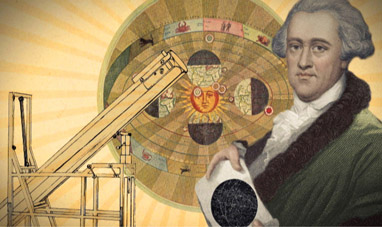

WILHELM HERSCHEL


NEBULAE


METEORITES
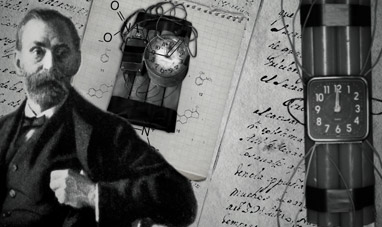

ALFRED NOBEL
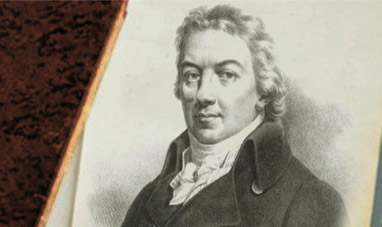

EDWARD JENNER


WILHELM RÖNTGEN
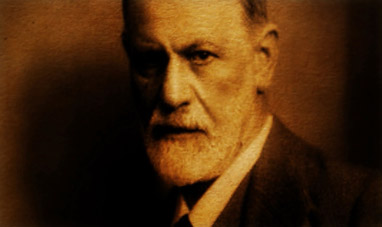

SIGMUND FREUD
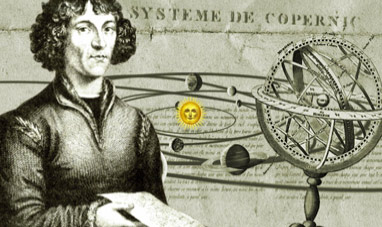

NICOLAUS COPERNICUS
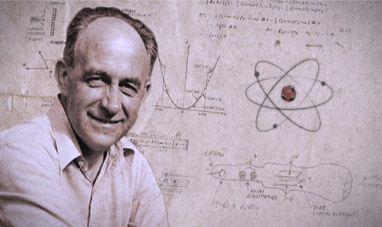

ENRICO FERMI


GALILEO GALILEI
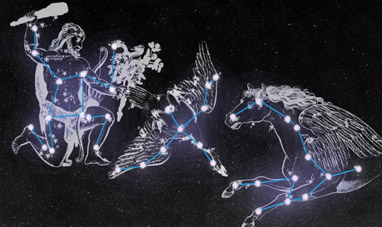

CONSTELLATIONS


MARSHALL MCLUHAN


THE LUMIÈRE BROTHERS


MAX WEBER
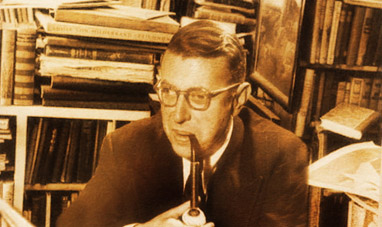

JEAN PAUL SARTRE


GUGLIELMO MARCONI


BENJAMIN FRANKLIN


STARS


ALEJANDRO JODOROWSKY


GALEN
